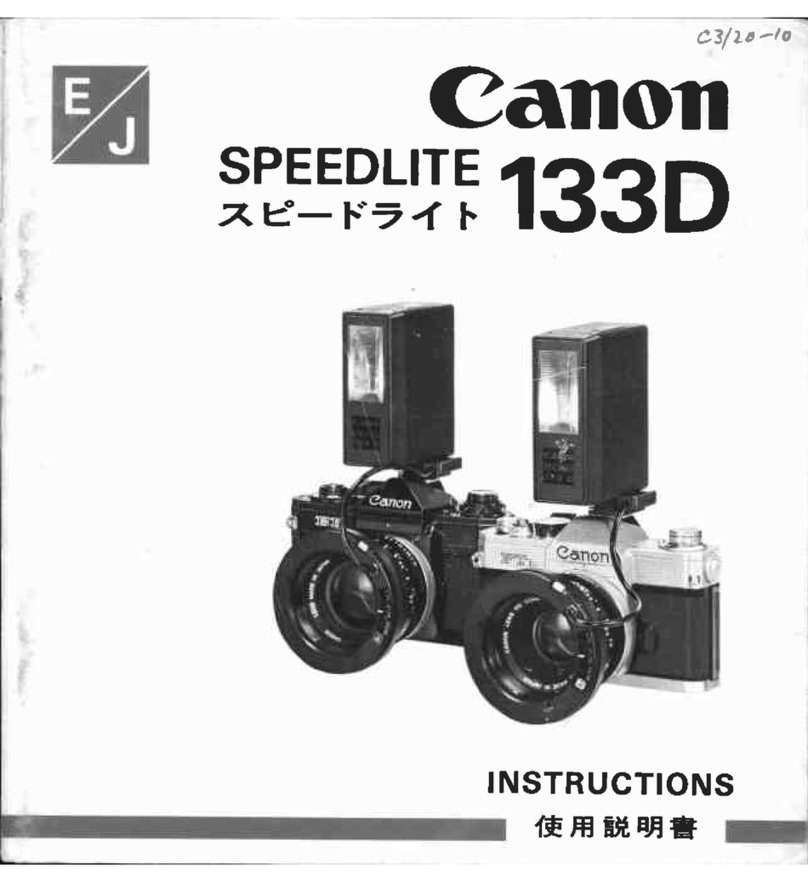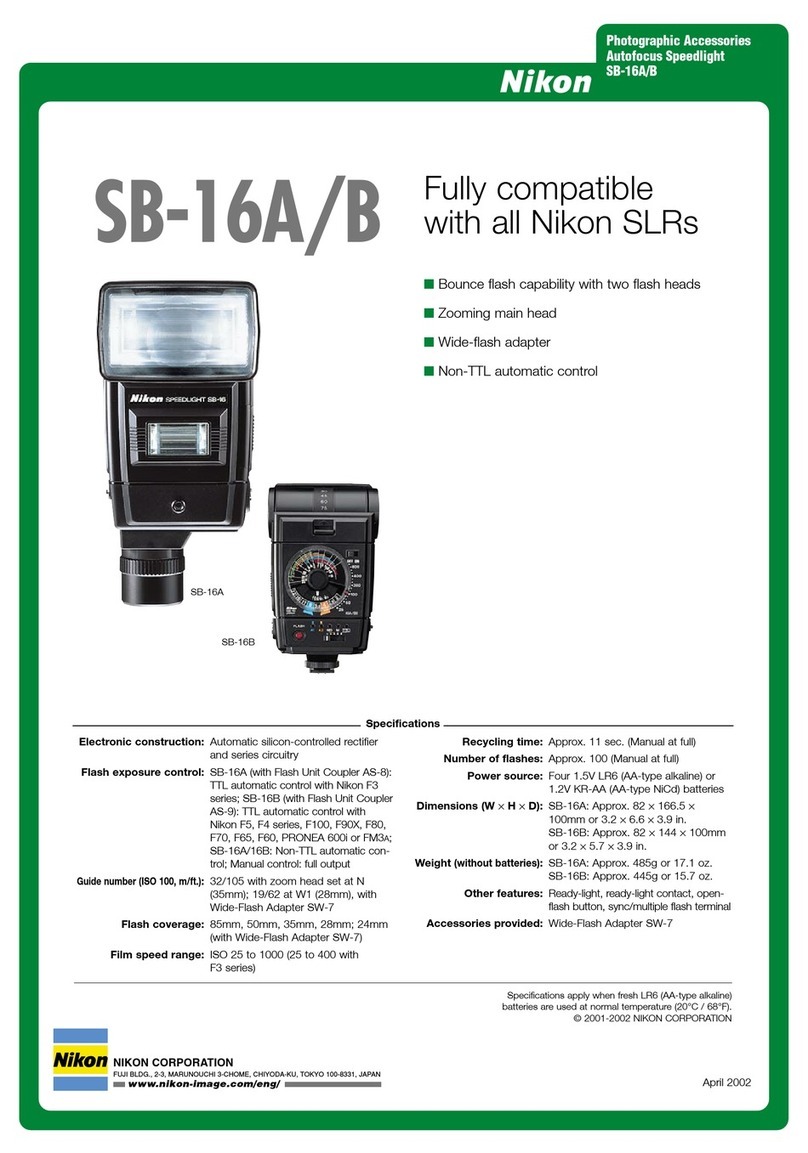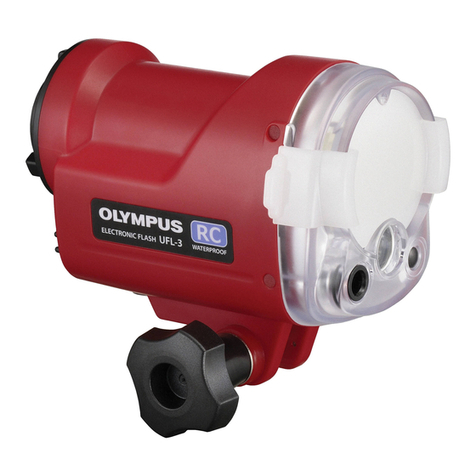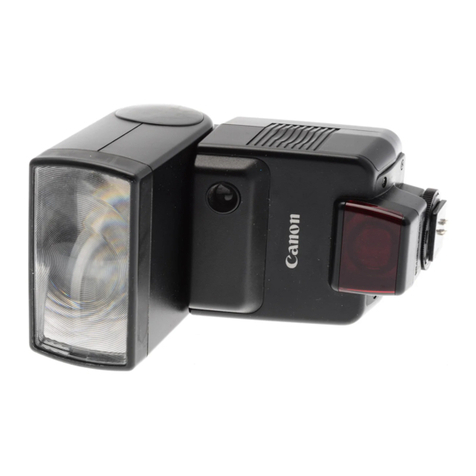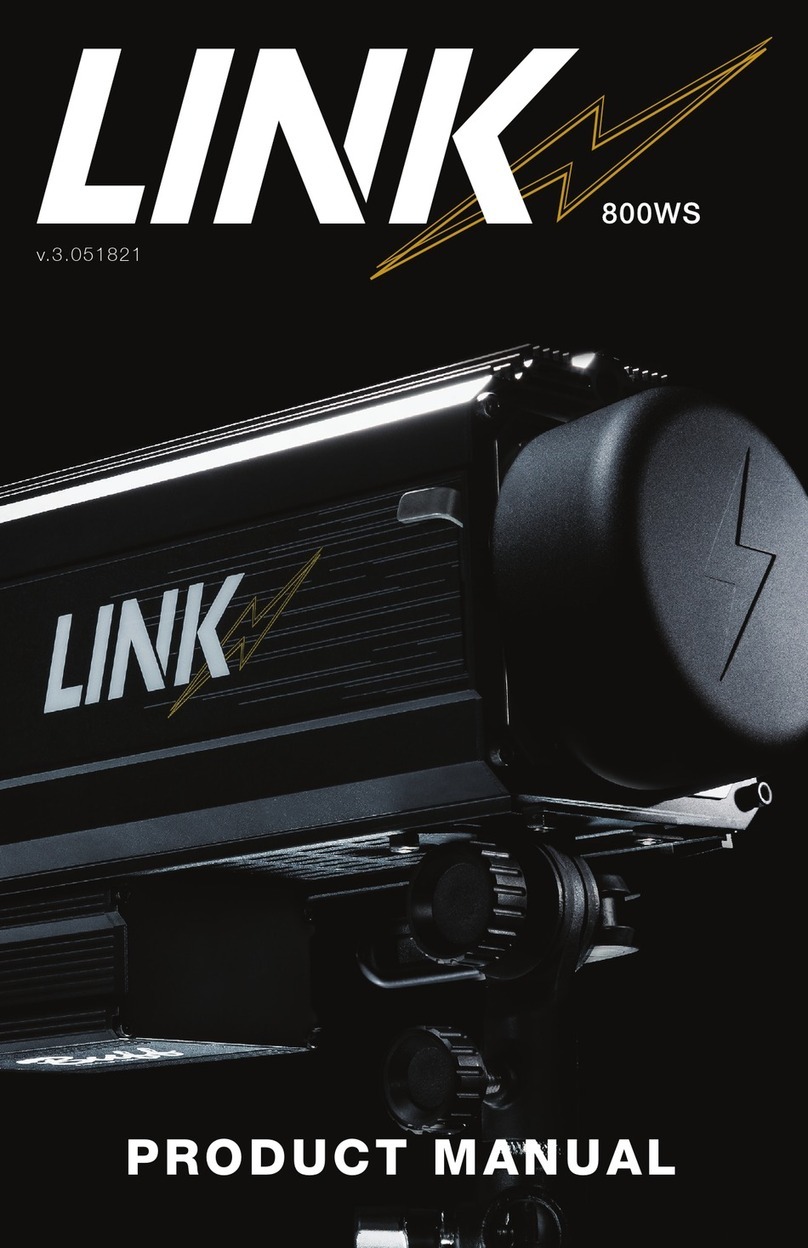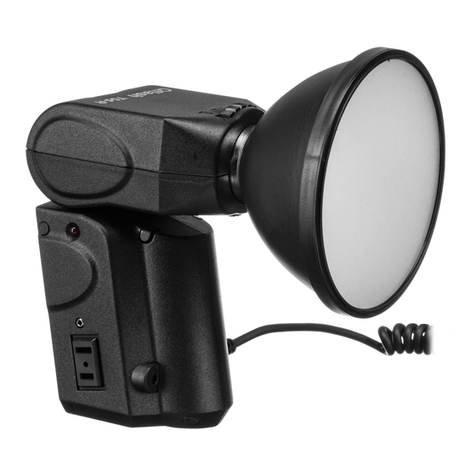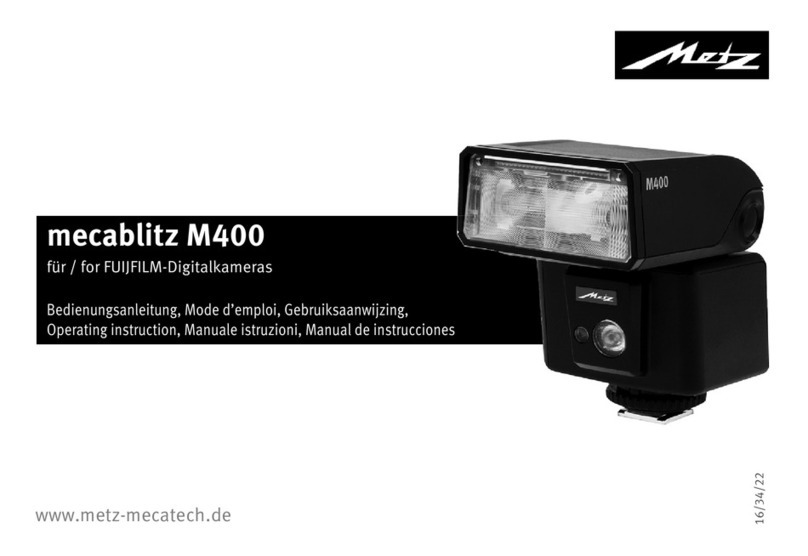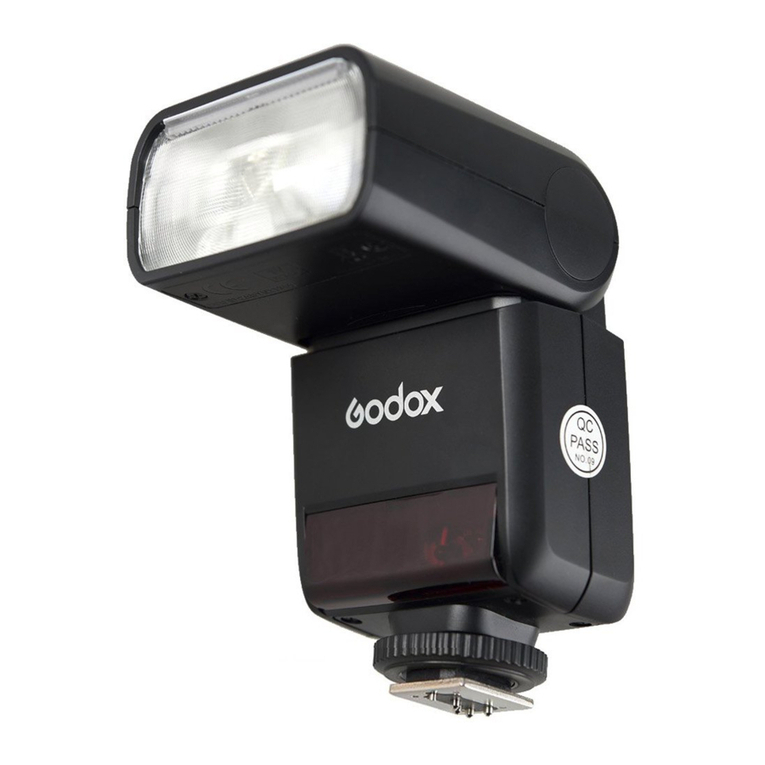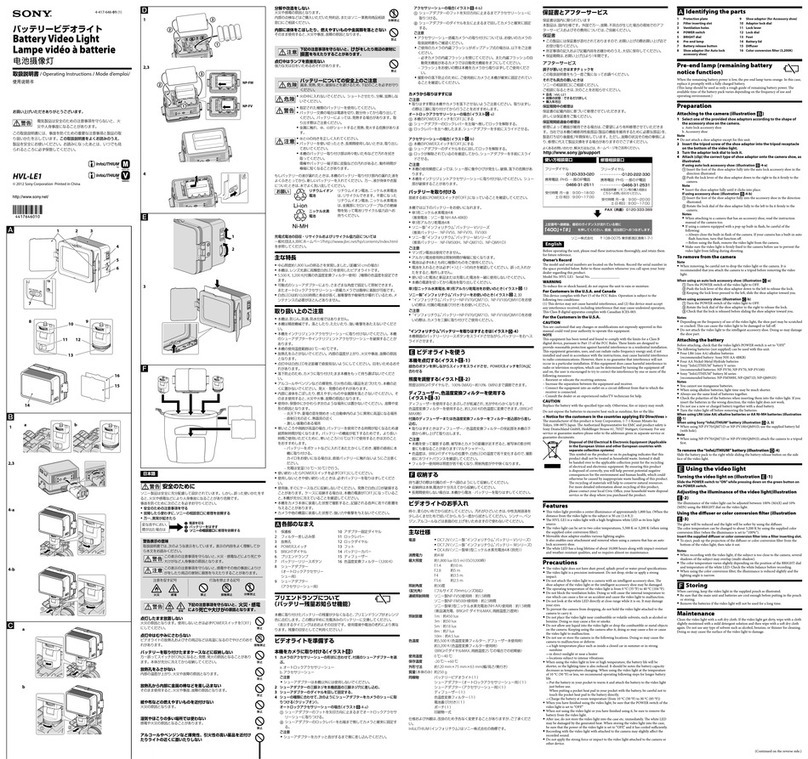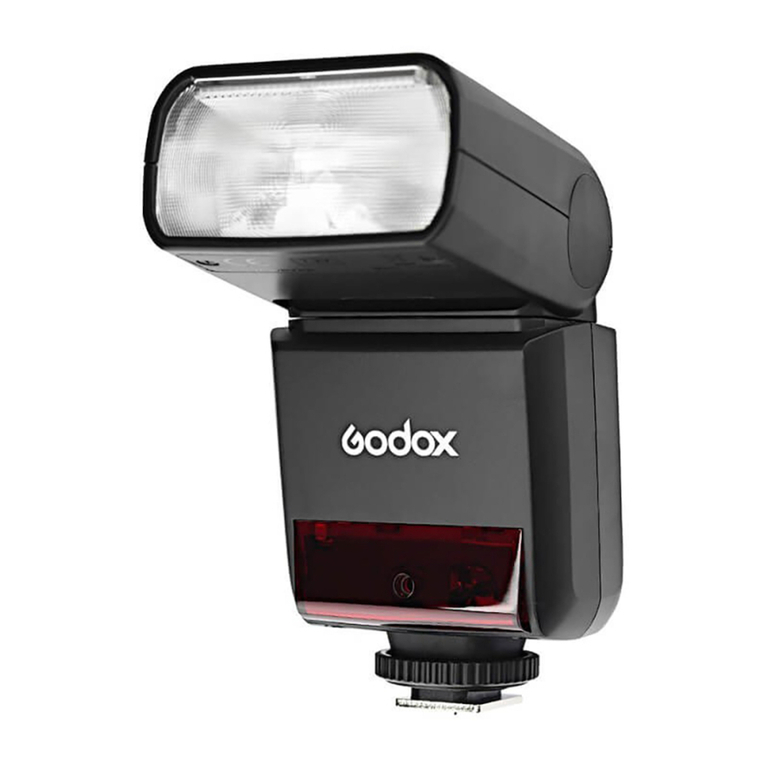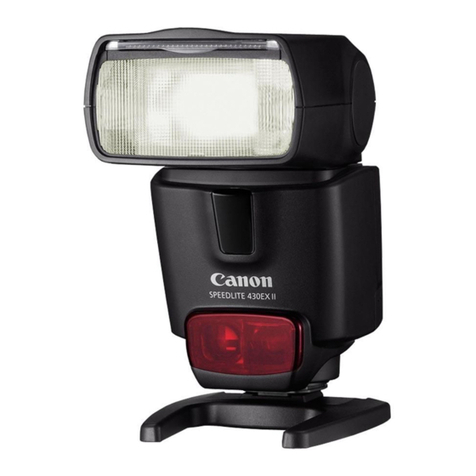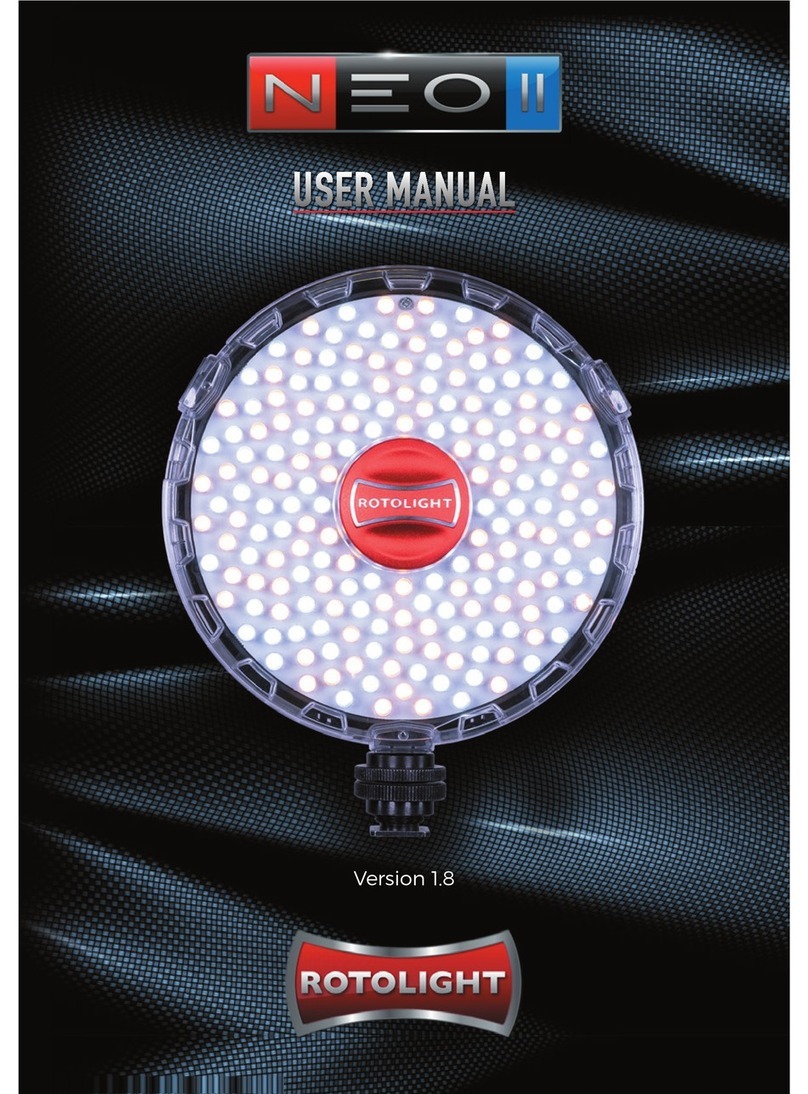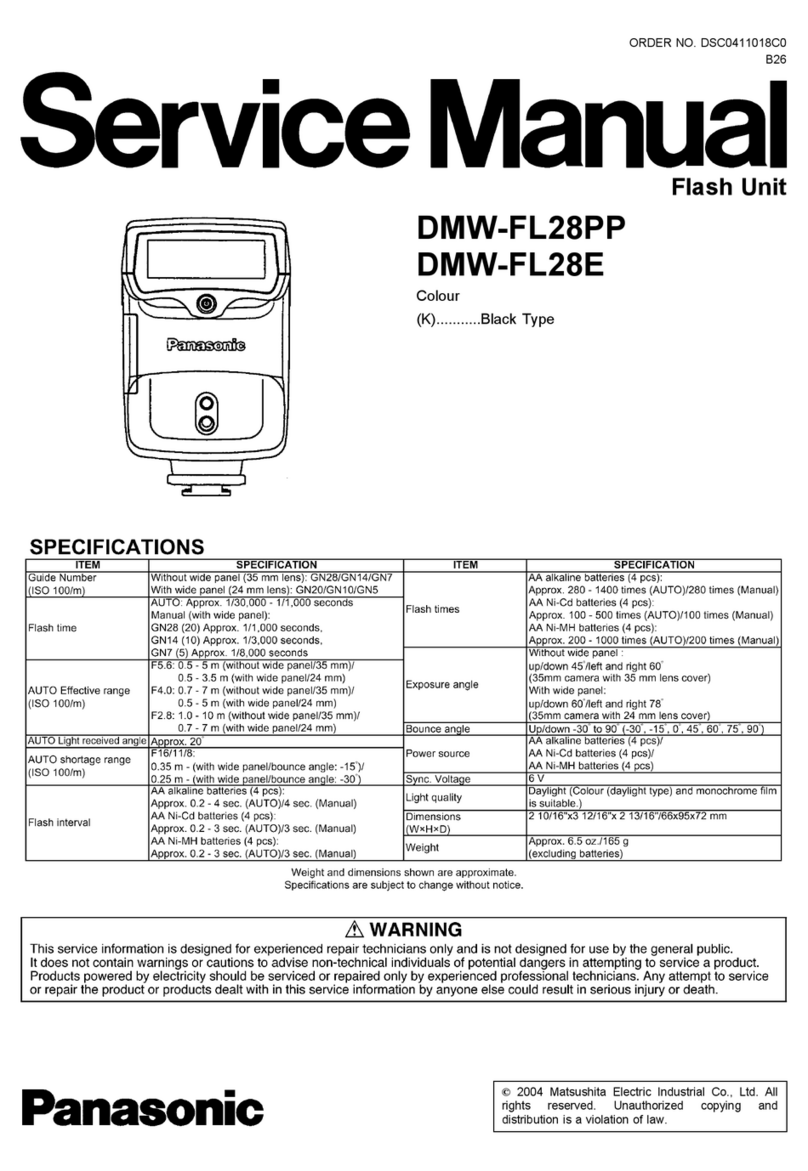Cobra D650 User manual

COBRA
D650
LCD
DEDICATED
L__
INSTRUCTIONS
St
ee

a
i
|
-
“
.
™.
DUAR
Ls
EEN

KEY
TO
PHOTOGRAPHS
ho
Ny
Noo
=
SSRSSsrIsneas
BSoCOnanPwns
Zoom
Head
focal
length
scale
Bounce
angle
scale
Swivel
action
Film
speed
indicator
Auto/manual
confirmation
indicator
Distance
/
Range
scale
Battery
compartment
cover
Power
On/Off
switch
Film
speed
selector
Test
flash
button
.
Flash
ready
light
Hotshoe
module
lock
Locking
ring
Removable
Hotshoe
(For
use
with
optional
Grip)
Zoom
head
Zoom
head
focal
length
indicator
Aperture
indicator
Capacitor
charge
indicator
Battery
condition
indicator
Auto
/
manual
/Power
ratio
control
Aperture
selector
Backlight
control
Dedication
switch

PRO-GRIP
&
BRACKET
The
handle-grip
is
designed
for
use
with
D650
dedicated
flashgun.
Full
dedication
to
the
camera
is
maintained
through
the
dedicated
adaptor
and
cable,
enabling
dedicated
off-
camera
flash
to
be
used
as
easily
as
on
camera.
Using
your
flash
on
this
handle-
grip
will
increase
the
versatility
of
flash
photography.
Mounted
on
the
grip,
the
flash
is
further
from
the
camera
which
will
give
improved
modelling
effects
for
portraits
and
reduce
the
risk
of
red-eye.

Attaching
grip
to
bracket
Locate
the
grooves
on
the
base
of
the
grip
(A)
with
the
tongues
on
the
left
side
of
the
bracket
(B).
The
ribbed
face
of
the
grip
should
be
facing
forwards.
Make
sure
the
bush
on
the
base
of
the
grip
lines
up
with
the
screw
(C)
on
the
bracket.
Tighten
the
screw
by
turning
it
to
the
right.
Fixing
camera
to
bracket
Locate
the
camera
tripod
bush
with
the
screw
(D)
running
along
the
slot
in
the
bracket.
Turn
the
screw
to
the
right
to
tighten.
The
screw
can
be
moved
along
the
slot
to
position
the
camera
as
desired.
Ensure
that
the
camera
back
is
parallel
to
the
bracket
and
not
twisted.
3
Attaching
the
module
to
grip
H
©
sé
Remove
the
module
(E)
from
the
flash
a)
Slide
the
adaptor
(F)
into
the
module
(E)

Attaching
module
to
camera
Slide
the
foot
of
the
module
into
the
camera’s.
hot-shoe,
making
sure
It
is
pushed
fully
home.
Turn
the
locking
ring
(G)
to
the
left
to
tighten.
Attaching
flash
to
grip
A
Slide
the
flash
onto
the
grip
(A)
Hotshoe
module
lock
(H)
should
be
moved
in
the
direction
of
the
arrow
to
prevent
the
flash
unit
sliding
off
the
module
or
grip.
Spare
battery
compartment
The
handle-
grip
has
a
compartment
in
which
to
store
spare
batteries
for
the
flash.
To
remove
the
compartment,
gently
squeeze
the
back
portion
of
the
grip
using
finger
and
thumb
and
pull
outwards.
Tilt
the
battery
compartment
forward
to
enable
batteries
to
be
installed
or
removed.
Push
the
compartment
back
into
the
grip
until
it
clips
into
place.

Notes
on
use
Flash
photography
with
the
handle-grip
is
carried
out
in
the
same
way
as
when
using
the
flash
on
camera.
The
grip
is
angled
so
that
the
sensor
on
the
front
of
the
flash
is
angled
towards
the
subject.
For
off-camera
use,
detach
the
grip
from
the
bracket
by
turning
the
screw
(C)
to
the
left.
Hold
grip
in
left
hand
and
aim
the
flash
as
desired.
If
using
a
camera
without
TTL
flash
metering,
the
sensor
on
the
flash
must
always
be
pointed
at
the
subject.
If
using
a
camera
with
TTL
metering,
the
flash
can
be
aimed
in
any
direction.
The
bounce
facility
can
be
used
in
the
normal
way
with
both
types
of
camera.
GENERAL
OPERATING
INSTRUCTIONS
FOR
ALL
CAMERAS
The
Cobra
D650
is
a
dedicated
LCD
flashgun
designed
to
give
fully
automatic
flash
facilities
with
your
SLR
camera.
The
first
section
of
these
instructions
applies
to
all
cameras.
The
second
section
deals
specifically
with
individual
camera
models.
Numbers
in
brackets
indicate
the
location
of
the
function
on
the
photograph
(inside
front
cover)
for
easy
reference.

Loading
the
batteries
(Diag.A)
The
flash
takes
four
1.5
volt
AA
size
alkaline
batteries.
To
open
the
battery
compartment
(7),
slide
the
cover
towards
the-
front°of
the
flash.
Insert
the
batteries,
following
the
diagram
on
the
inside
of
the
compartment.
Close
the
cover
by
pushing
firmly
down
and
sliding
back
towards
the
LCD
panel.
Battery
condition
is
indicated
by
a
battery
symbol
(19)
on
the
LCD
panel.
The
symbol
will
flash
when
the
unit
is
first
switched
on.
If
it
continues
to
flash
after
the
ready
light
(11)
has
come
on,
or
if
the
ready
light
fails
to
come
on
after
30
seconds,
replace
the
batteries
with
a
fresh
set.
Always
remove
the
batteries
if
the
flash
is
not
to
be
used
for
a
long
time.
Diag.
A

Mounting
the
flash
on
the
camera
Ensure
the
Hotshoe
module
lock
(12)
is
set
to
the
locked
position.
(Push
to
the
left)
The
flash
should
always
be
switched
off
before
mounting
the
unit
on
the
camera’s
hot-shoe.
Turn
the
locking
ring
(13)
upwards.
Slide
the
flashgun
on
to
the
camera
hot-shoe,
making
sure
it
is
pushed
fully
home.
Rotate
the
locking
ring
downwards
and
tighten
firmly.
NOTE:
The
removable
hot-shoe
(14)
is
not
interchangeable
with
other
D650
flashguns.
Any
change
of
shoes
may
cause
damage
and
therefore
invalidate
your
guarantee.
It
is
important
to
note
that
the
Auto
sensor
on
the
lower
front
panel,
should
be
directed
towards
the
subject.
This
ensures
correct
operation
in
the
Auto
mode.
Diag.
B
Standby
mode

Switching
on
the
flash
(Diag.
B)
To
turn
the
flash
on,
move
the
On/Off
switch
(8)
to
the
‘ON’
position.
The
LCD
panel
will
display
information
and
the
flash
will
begin
to
charge.
A
high
pitched
whine
will
be
heard,
after
a
few
seconds
the
ready
light
(11) will
glow,
indicating
that
the
flash
is
ready
to
fire.
If
the
flash
is
left
switched
on
for
approx
five
minutes
and
not
fired, the
LCD
display
will
flash
on
and
off
for
15
seconds
and
then
the
flash
will
automatically
switch
to
a
standby
mode
to
conserve
the
battery
power.
Settings
already
made
on
the
flash
will
be
maintained.
To
restore
the
flash
to
the
full
working
mode,
just
press
any
of
the
function
controls.
The
standby
mode
is
a
useful
facility
to
conserve
battery
power,
but
it
is
important
to
switch
off
the
flash
at
the
On/Off
switch
(8)
when
you
have
finished
using
it.
Charging
the
Capacitor
When
the
flash
is
new,
or
has
not
been
used
for
a
long
time,
fire
the
flash
a
few
times
using
the
test
flash
button
(10)
This
will
make
sure
the
energy-storing
capacitor
is
working
at
full
power.
NOTE:
OLYMPUS
Flashguns
must
be
attached
to
the
camera
when
using
the
test
button
to
fire.

Capacitor
Charge
Indicator
The
Capacitor
charge
indicator
(18)
on
the
LCD
panel
shows
how
much
charge
there
is
in
the
flash’s
capacitor,
which
stores
the
energy
necessary
to
fire
the
flash.
Soon
after
the
flash
is
switched
on,
one
dot
will
appear
next
to
the
battery
symbol
(19).
This
indicates
a
minimum
charge.
Normally,
a
second
dot
will
appear
a
few
seconds
later,
followed
by
the
ready
light
(11).
If
the
batteries
are
fresh
and
the
flash
is
left
switched
on,
a
third
dot
will
appear
to
show
a
full
charge
is
available.
When
the
flash
is
fired
on
Auto
some
of
the
energy
from
the
capacitor
will
be
used
and
the
number
of
dots
(18)
may
decrease.
One
dot
indicates
the
minimum
charge
level
has
been
reached.
For
best
results,
make
sure
at
least
two
dots
are
showing.
Illuminating
the
LCD
Panel
For
viewing
the
LCD
panel
in
low
light,
the
flash
has
a
backlighting
facility.
Press
the
backlight
control
(22)
and
the
display
will
be
illuminated
for
approximately
15
seconds.
Setting
the
film
speed
The
speed
of
the
film
in
use
in
the
camera
must
also
be
set
on
the
flash.
Switch
on
the
flash
and
it
will
automatically
select
100
ASA/ISO,
for
film
speeds
other
than
100
ASA/ISO,
press
the
film
speed
selector
(9).
One
push
changes
the
film
speed
to
the
next
highest
speed,
running
first
through
the
ASA/ISO
scale
and
then
the
DIN
scale.

Zoom
and
Bounce
Head
(Diag
C &
D)
The
flash
is
fitted
with
a
zoom
flash
head
with
bounce
and
swivel
actions
for
maximum
control
over
light
coverage
and
illumination
effects.
Pull
out
or
push
in
the
zoom
head
to
match
the
focal
length
of
the
lens
in
use,
or
the
nearest
equivalent.
For
lenses
wider
than
28mm,
use
the
diffuser
panel
(supplied).
This
clips
into
the
front
of
the
flash
reflector.
Insert
the
lip
into
the
slot
at
the
bottom
of
the
reflector
and
push
into
place.
This
zoom
head
adjusts
the
light
path
of
the
flash
to
the
angle
of
view
of
the
lens,
to
avoid
bright
spots
or
fall-off
at
the
corners.
If
in
doubt,
set
the
zoom
head
to
give
wider
angle
of
coverage
rather
than
a
narrower
one.
Always use
the
35mm,
setting
for
bounce
flash
as
this
gives
the
best
coverage.
Zoom
position
will
be
shown
on
LCD
panel
and
will
change
the
flash
range
on
distance
scale.
10
Diag.C

Direct
flash
provides
powerful,
white
light
with
strong
highlights
and
shadows.
This
can
be
unflattering
for
portrait
work
and
here
it
is
recommended
that
the
bounce/and
or
swivel
facilities
are
used.
Turn
the
flash
head
upwards
to
the
desired
position
to
bounce
the
light
off
the
ceiling,
or
swivel
it
to
the
side
to
bounce
the
light
off
a
wall.
Always
use
a
light
coloured
bounce
surface
to
avoid
colour
casts
on
the
pictures.
Diag.
D
11

Refer
to
the
separate
bounce
flash
exposures
under
the
‘manual
operation’
and
‘automatic
pperation’
sections
for
advice
on
exposure
when
using
bounce
flash.
Remember
that
the
flash
-to-
subject
range
is
significantly
reduced
when
using
bounce
flash
as
the
distance
the
light
has
to
travel
is
much
greater.
Manual
operation-all
cameras
Although
the
Cobra
D650
is
designed
for
automatic
dedicated
use
with
your
camera
model,
the
flash
can be
used
in
a
manual
mode
with
your
camera
or
with
any
camera
which
does
not
offer
any
dedicated
functions.
In
the
manual
mode,
the
flash
always
discharges
its
full
charge
when
fired
so
the
lens
aperture
has
to
be
adjusted
according
to
the
flash-to-subject
distance
for
correct
exposure.
1.
2.
NOOR
WwW
Switch
on
the
flash
at
the
On/Off
switch
(8).
Move
the
Auto/Manual
control
(20)
to
the
TTL:
FULL:
position.
The
word
‘Manual’
will
ap-
pear
on
the
LCD
panel
(5).
Turn
the
dedication switch
(23)
to
the
M
position.
Set
the
correct
film
speed
on
the
flash
using
the
film
speed
selector(9).
Select
the
required
zoom
head
position.
Set
your
camera
to
the
manual
mode.
Estimate
the
distance
from
the
flash
to
the
subject.
Distance
scales
are
shown
on
the
lower
half
of
the
LCD
panel
(6)
in
metres
and
feet.
12

8.
The
aperture
and
distance
scale
in
the
manual
mode
are
directly
linked.
The
aperture
shown
on
the
LCD
panel
(17)
is
changed
by
pressing
the
aperture
selector
control
(21)
beneath
the
LCD
panel.
One
press
alters
the
aperture
by
one
stop.
9.
As
the
aperture
is
changed,
the
distance
shown
on
the
scale
also
changes
the
larger
the
aper-
ture,
the
longer
the
range.
Continue
to
press
the
aperture
selector
until-the
distance
closest
to
your
estimate
appears
on
the
scale.
Altering
the
zoom
head
position
or
changing
the
film
speed
will
also
change
the
distance
shown
on
the
scale.
10.
Set
the
aperture
now
indicated
on
the
LCD
panel
on
the
camera
lens.
You
are
now
ready
to
take
pictures
at
the
distance
shown.
To
use
the
flash
on
manual
at
other
distances,
just
change
the
aperture
until
the
correct
distance
is
shown
on
the
scale.
IMPORTANT:
With
many
cameras,
the
Cobra
D650
will
automatically
set
the
camera’s
shutter
speed
to
the
correct
flash
sync
speed
if
the
camera
has
dedicated
functions.
However,
this
facility
is
sometimes
not
available
with
every
mode
on
certain
cameras.
Some
cameras
do
not
offer
automatic
shutter
synchronisation
because
of
a
mechanical
shutter
design.
Check
the
second
part
of
these
instructions
for
details
on
each
camera
model,
or
set
the
sync
speed
manually
on
the
camera
—
the
camera’s
instructions
will
indicate
the
correct
speed.
If
using
a
camera
with
no
dedicatedfacility,
it
is
essential
to
set
the
sync
speed
on
the
camera.
13

Power
ratio
control
(Diag.
E)
The
flash’s
Auto/
Manual
control
(20)
also
has
settings
marked
1/2, 1/4,
1/8
and
1/16.
These
are
fractions
of
the
full
flash
power
available
and
enable
the
power
of
the
flash
to
be
reduced
when
necessary.
Altering
the
power
ratio
automatically
adjusts
the
distance
scale
on
the
LCD
panel.
Note
that
power
ratio
settings
are
manual
settings
and
do
not
apply
to
the
automatic
mode.
The
power
ratio
facility
is
useful
for
close-up
photography
without
using
TTL,
where
only
a
low
flash
power
is
required,
and
for
freezing
fast
action
where
a very
brief
flash
exposure
is
needed.
TTL-FULL-M
AUTO
1/214
1/8
1/16
1
or
x
Tr
Oo
=
Diag.E
14

Bounce
flash
in
the
manual
mode
To
use
bounce
flash
in
the
manual
mode,
estimate
the
distance
from
the
flash
to
the
bounce
sur-
face
(e.g.
ceiling)
and
add
it
to
the
distance
from
the
bounce
surface
to
the
subject.
By
pushing
the
aperture
selector,
set
the
distance
nearest
to
that
estimated
on
the
scale.
Under
average
conditions,
ie.
in
a
room
with
decorations
of
an
average
lightness,
when
using
45°
bounce
angle,
to
allow
for
absorption
of
light
by
the
bounce
surface,
open
the
lens
one
stop
more
than
that
indicated.
When
using
90°
bounce
angle,
the
lens
aperture
may
need
to
be
opened
by
2
stops
more
than
that
indicated
on
the
LCD
panel.
If
the
room
has
a
very
high
ceiling
especially
of
a
darker
colour
or
if
the
room
decoration
is
generally
darker
than
average,
even
more
compen-
sation
may
be
required.
Some
experimenting
will
be
necessary
to
obtain
best
results.
NOTE:
When
bouncing
off
some
coloured
surfaces,
a
colour
cast
may
be
transmitted
to
the
rest
of
the
picture.
Coloured
filters
Supplied
with
the
flash
are
a
set
of
coloured
filters.
These
fit
on
the
front
of
the
flash
reflector,
like
the
wideangle
diffuser.
Do
not
use
the
telephoto
positions
of
the
zoom
head
with
the
filters.
Coloured
filters
are
used
for
special
effects
with
colour
film.
They
work
particularly
well
with
multi-
ple
exposures..
Filters
cut
down
the
light
output
of
the
flash,
so
the
camera
lens
aperture
has
to
be
adjusted
to
compensate.
For
best
results,
only
use
filters
with
the
flash
in
the
manual
mode
and
when
the
flash
15

_
is
being
used
as
the
main
light
source,
open
the
lens
aperture
2
to
3
stops
more
than
the
setting
without
a
filter.
Some
trial
and
error
may
be
needed
to
find
the
precise
exposure
and
effect.
When
using
the
flash
as
a
fill-in
or
auxilliary
light
source,
only
1
to
2
stops
compensation
may
be
required.
GENERAL
INSTRUCTIONS
FOR
AUTOMATIC
NON-TTL
OPERATION
(Diag.
F)
For
specific
instructions
on
the
use
of
the
flash
with
your
camera
model,
turn
to
the
following
pages.
However,
there
are
some
important
points
concerning
automatic
flash
with
all
cameras
which
should
be
noted.
:
F280
1BO
==
@@@8ME
AUTO
M
9523468
1)
Ft
M5
6600
B
202%
30k
Diag.
F

1.
Set
the
Auto/Manual
control
(20)
to
the
Auto
position.
2.
The
correct
film
speed
must
be
set
using
the
film
speed
selector
(9)
to
match
the
speed
of
the
film
in
the
camera.
Make
sure
also
the
correct
film
speed
is
set
on
the
camera.
3.
Set
the
zoom
head
position
to
match
that
of
the
lens
in
use,
or
the
nearest
equivalent
position.
4.
The
flash
has
a
range
of
eight
automatic
aperture
settings
from
f/
1.4
to
f/16.
These
apertures
can
be
used
to
give
control
over
flash
range
and
depth
of
field.
To
change
the
aperture
shown
on
the
LCD
panel
(17),
push
the
aperture
selector
(21),
then
set
the
same
aperture
on
the
camera
lens.
NOTES:
(a)
With
some
combinations
of
film
speed
and
zoom
head
position,
some
of
the
smaller
or
larger
apertures
may
not
be
available.
(b)
Some
combinations
of
aperture,
zoom
head
position
and
film
epeed
will
cause
the
under
or
over
range
arrows
to
be
displayed
at
the
ends
of
the
distance
scales.
(see
Diag.
B)
5.
In
the
automatic
mode,
the
distance
scale
will
show
not
just
one
distance
but
several
together.
This
is
the
range
over
which
the
flash
will
give
correct
exposure
at
the
aperture
shown.
The
lowest
figure
will
be
the
minimum
distance,
the
highest
the
maximum
distance.
Changing
the
aperture
will
change
the
range
available.
Always
keep
the
subject
within
the
range
shown.
17

6.
Normally
the
shutter
speed
will
be
set
automatically
to
the
correct
sync
speed
when
the
flash
is
charged.
However,
cameras
which
have
a
fully
mechanical
shutter
must
be
set
to
the
correct
sync
speed
manually.
7.
All
cameras
with
a
dedicated
facility
will
give
a
flash
ready
light
in
the
viewfinder.
8.
After
the
flash
has
fired,
the
auto
symbol
(5)
will
blink
to
confirm
correct
exposure.
Bounce
flash
in
the
automatic
mode
To
use
bounce
flash
in
the
automatic
mode,
set
the
bounce
head
to
the
chosen
position
and
fire
the
flash
using
the
test
button
(10).
If
the
auto
symbol
(5)
on
the
LCD
panel
blinks
after
the
test
flash,
there
is
sufficient
light
reaching
the
subject
to
give
correct
exposure.
If
the
auto
symbol
does
not
blink,
change
to
a
larger
aperture
(lower
f
number)
and
fire
another
test
flash,
or adjust
the
angle
of
bounce
to
give
fuller
illumination.
SEE
P11
FOR
FURTHER
DETAILS.
Automatic
Dedicated
Operation
Dedicated
flash
frees
the
photographer
from
setting
some
of
the
controls
on
the
flash
or
camera
because
these
functions
are
carried
out
automatically.
The
Cobra
D650
is
designed
to
take
maximum
advantage
of
the
dedicated
flash
facilities
offered
by
most
major
camera
models.
The
actual
facilities
vary
according
on
the
make
and
model
of
camera.
18
Table of contents
Other Cobra Camera Flash manuals

